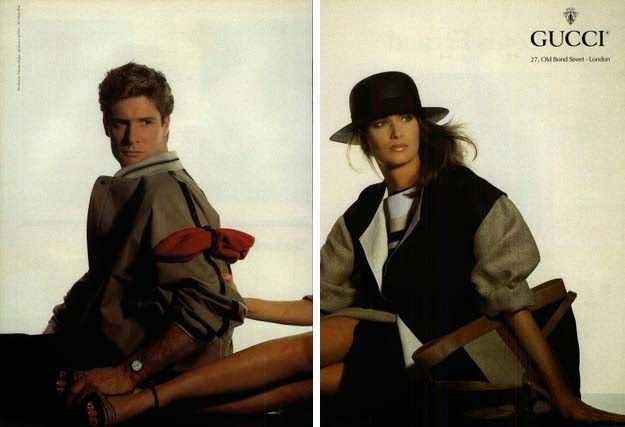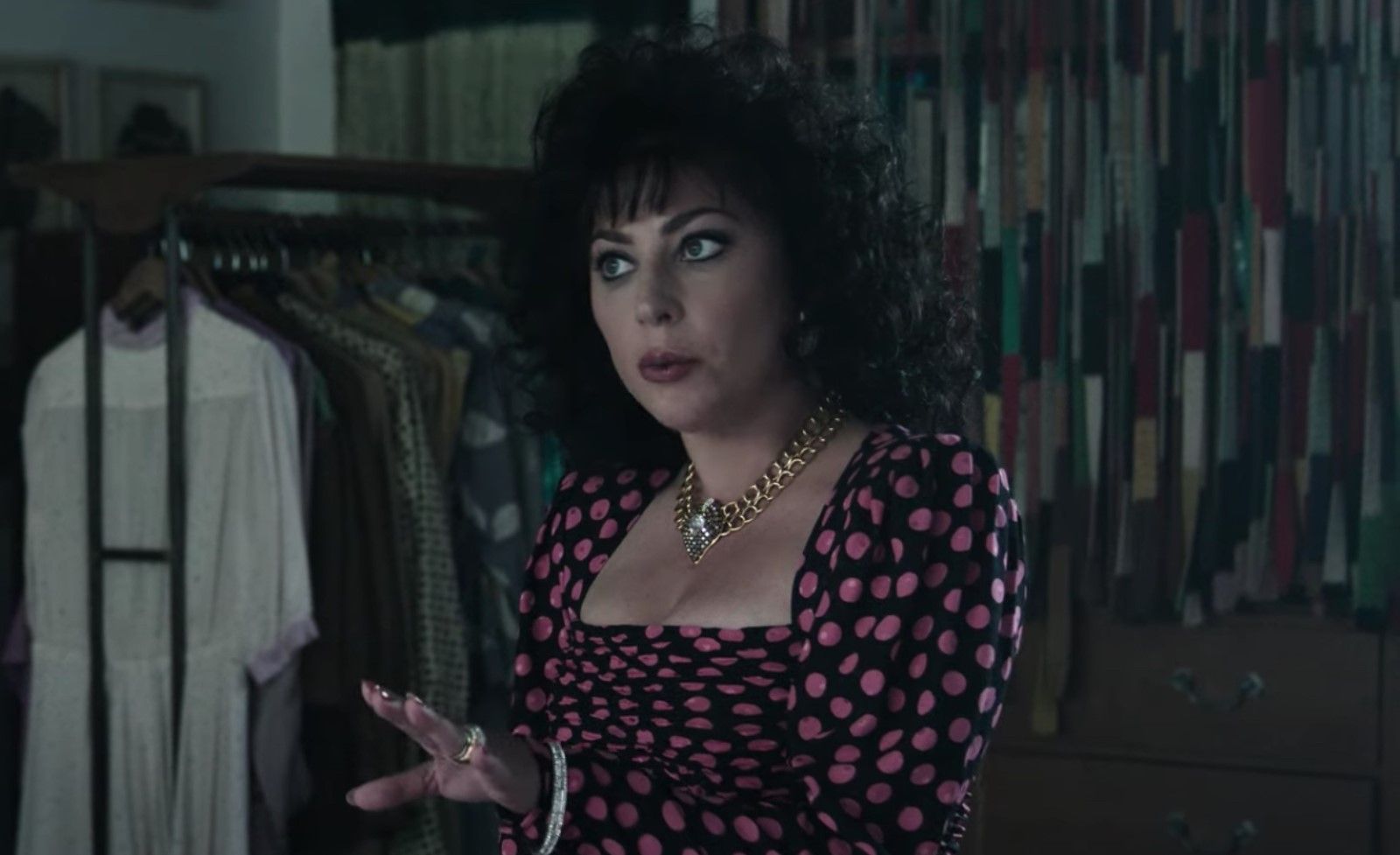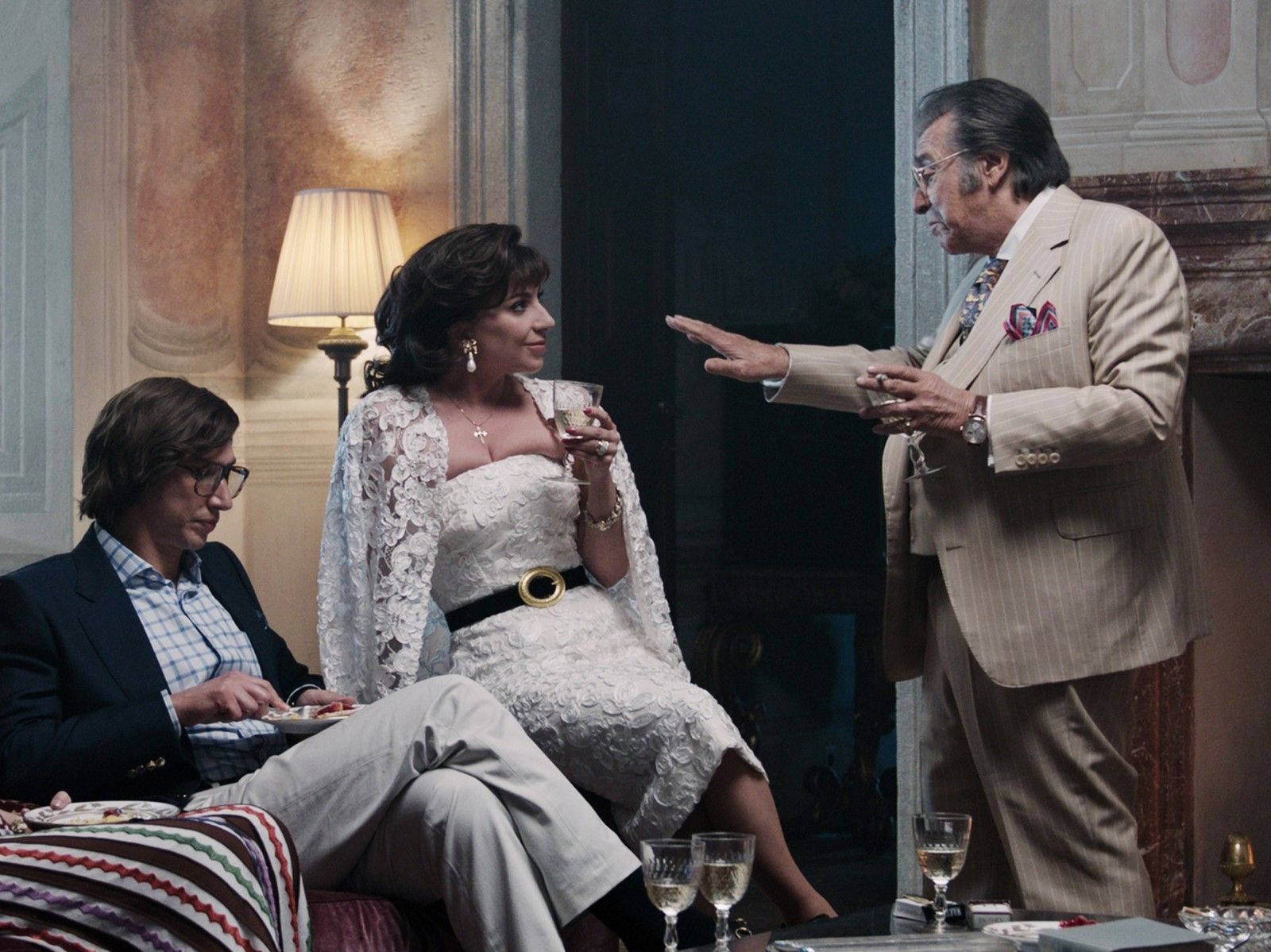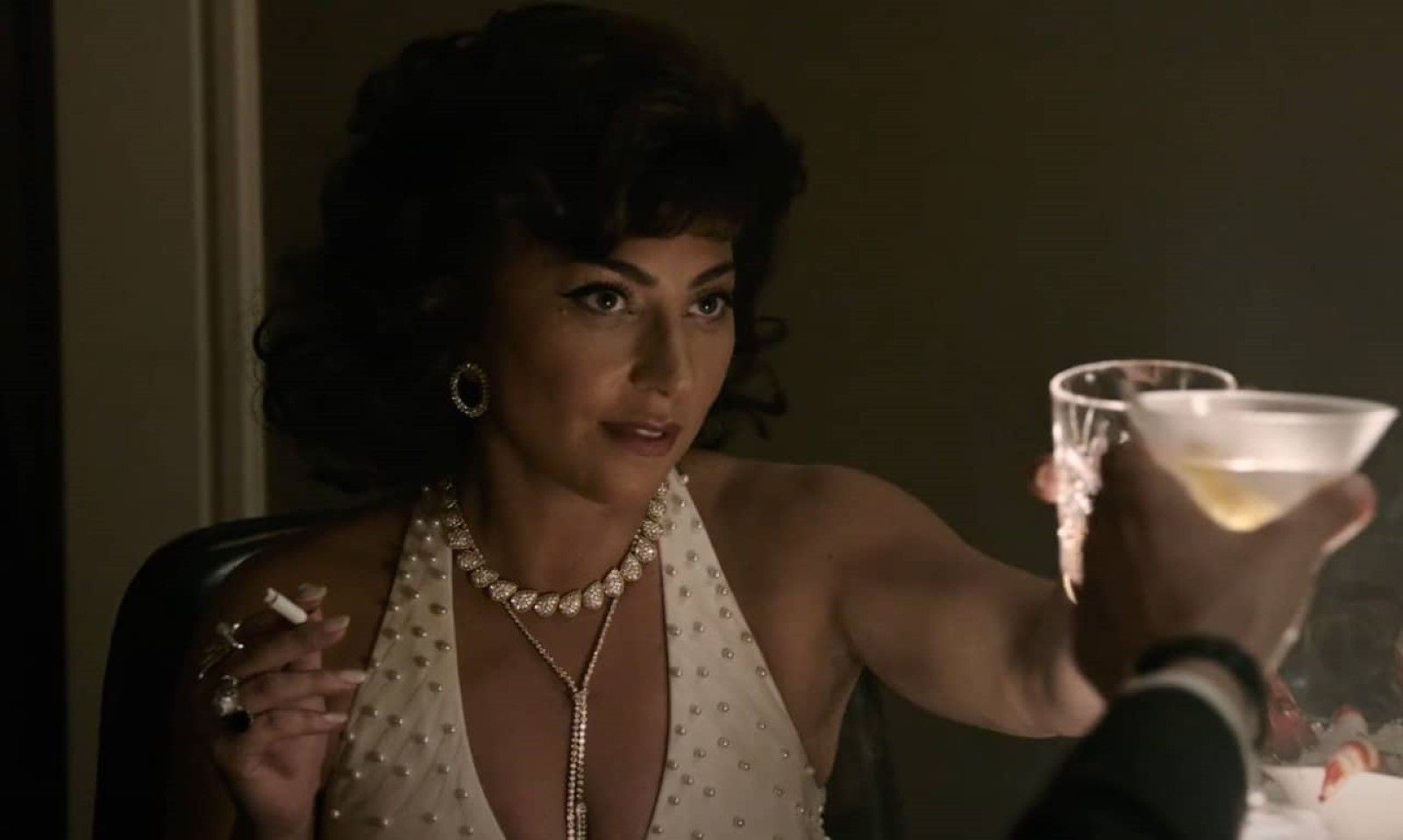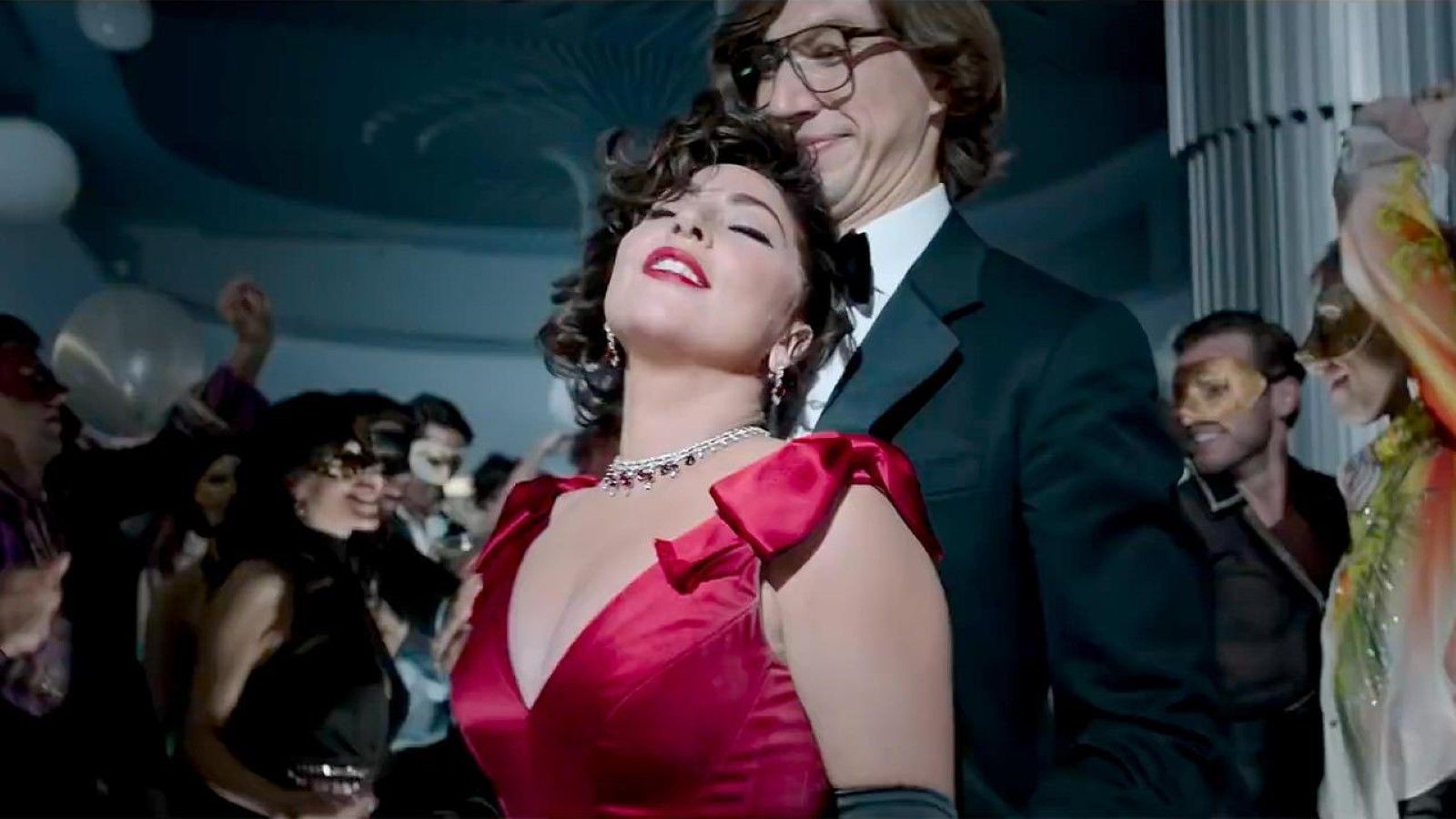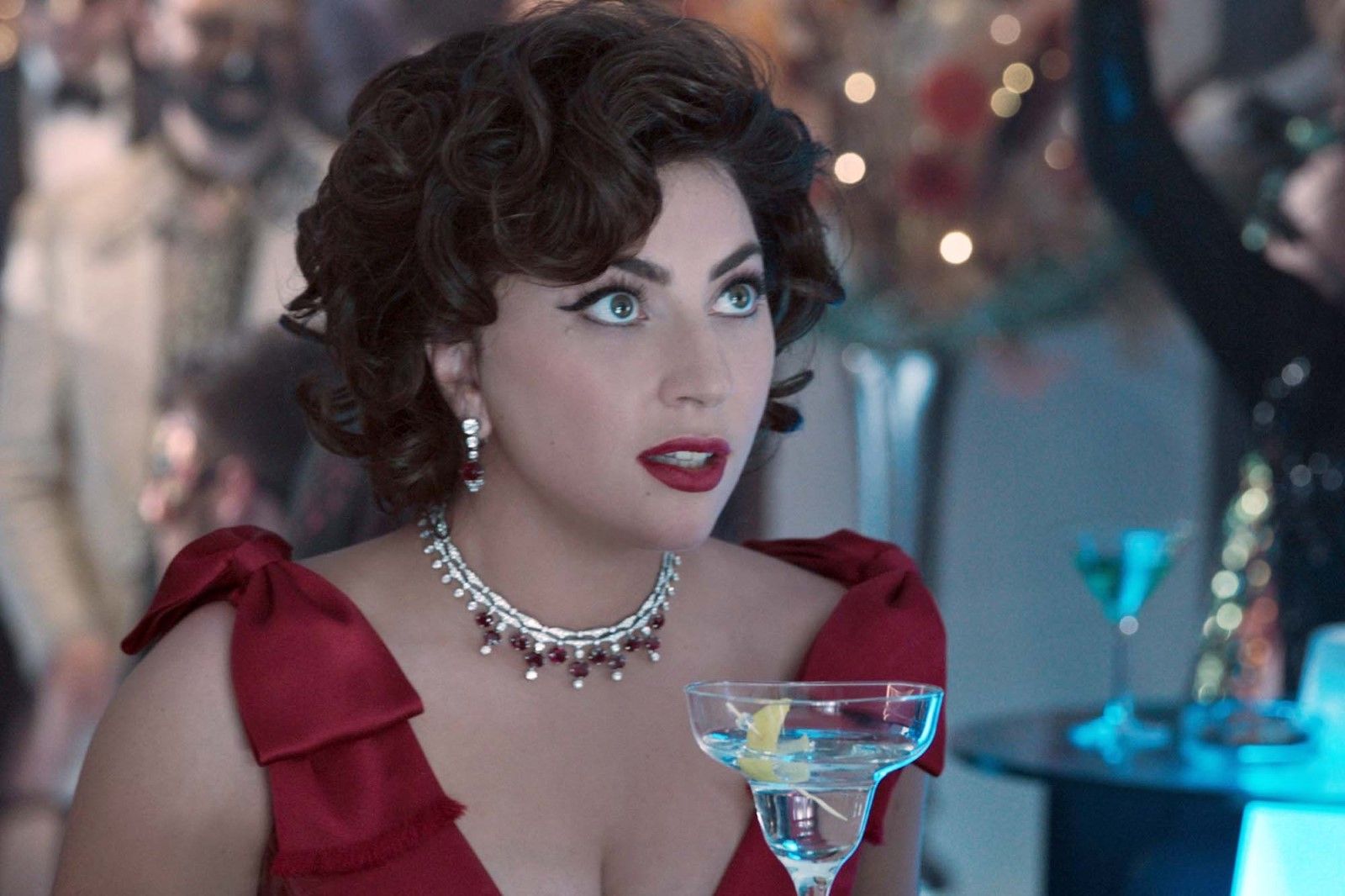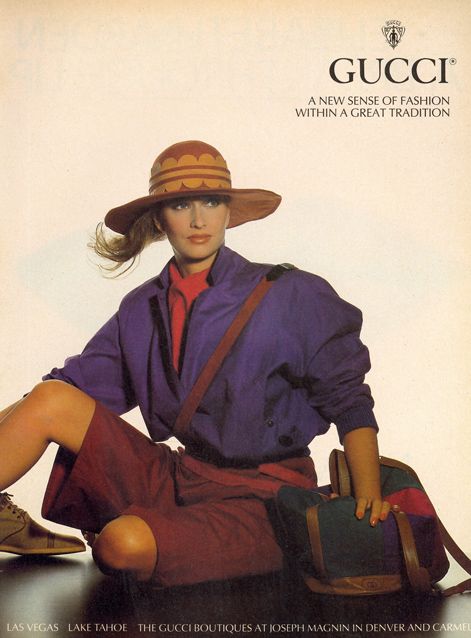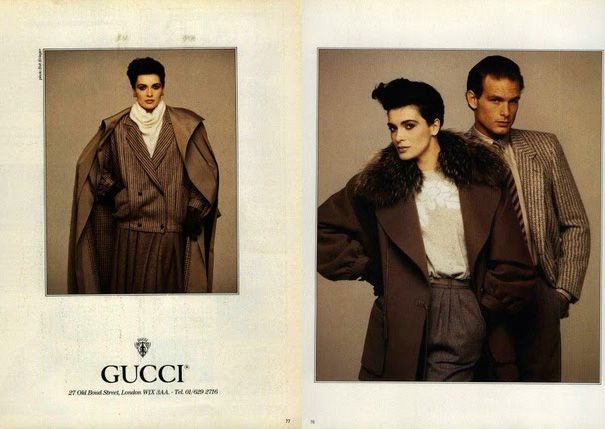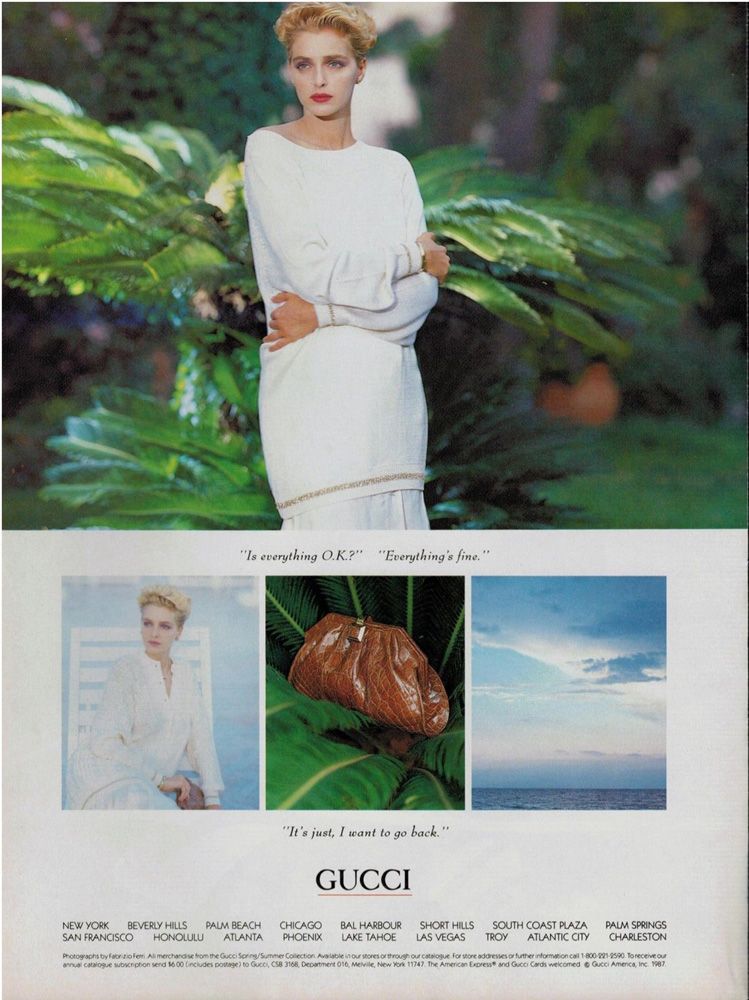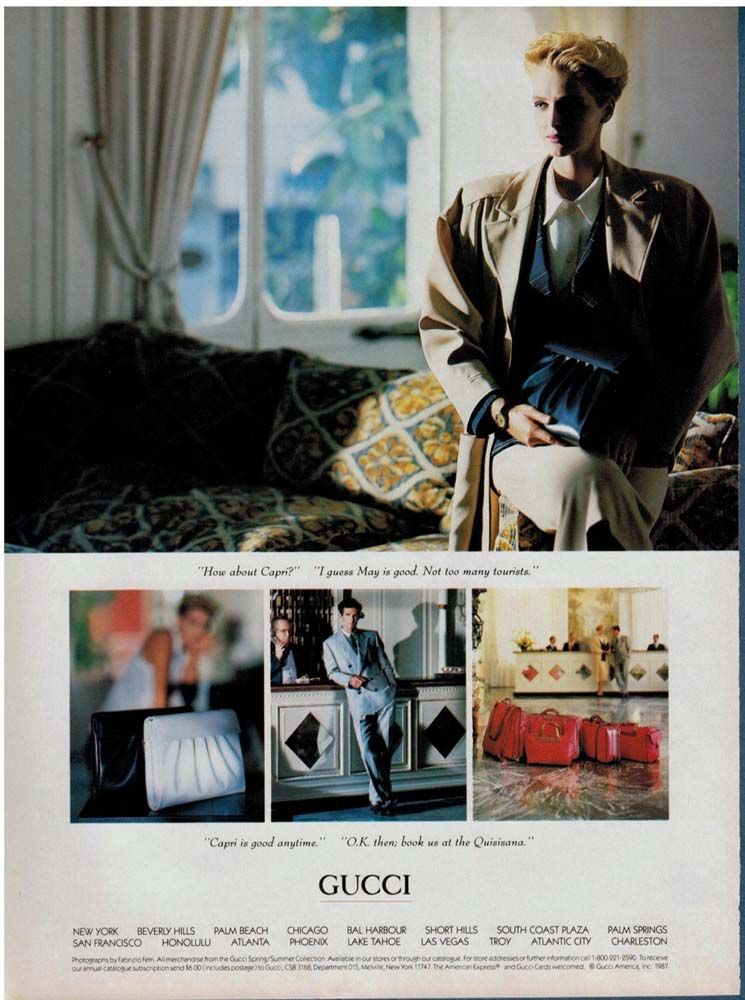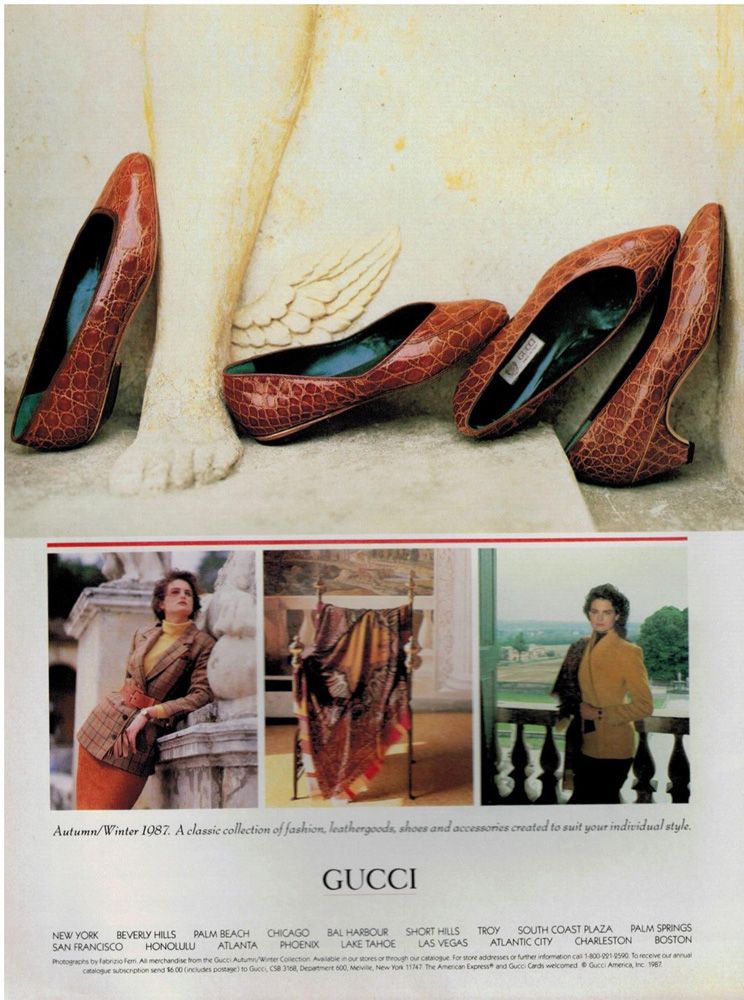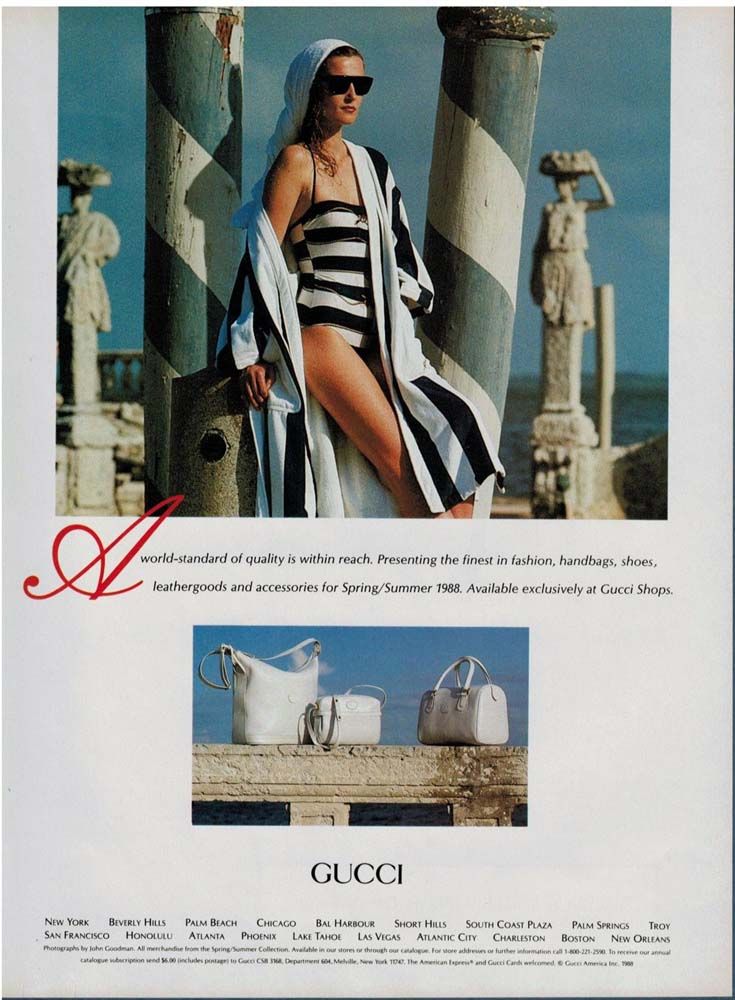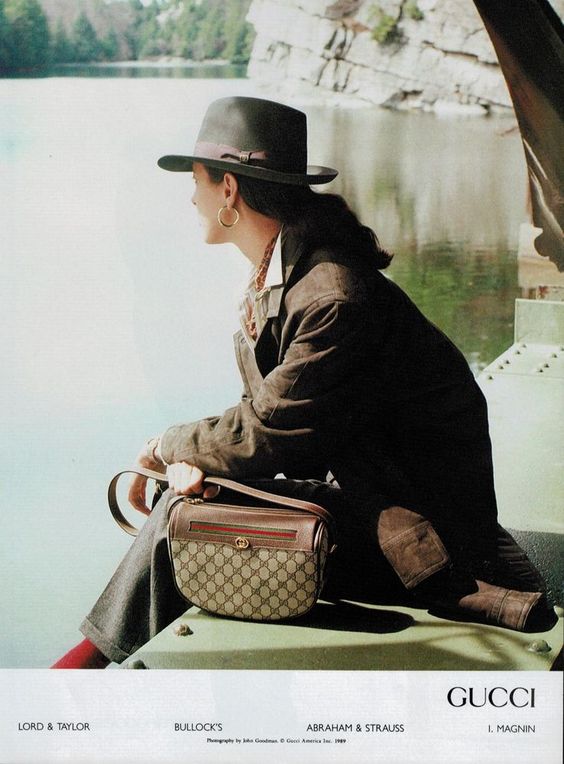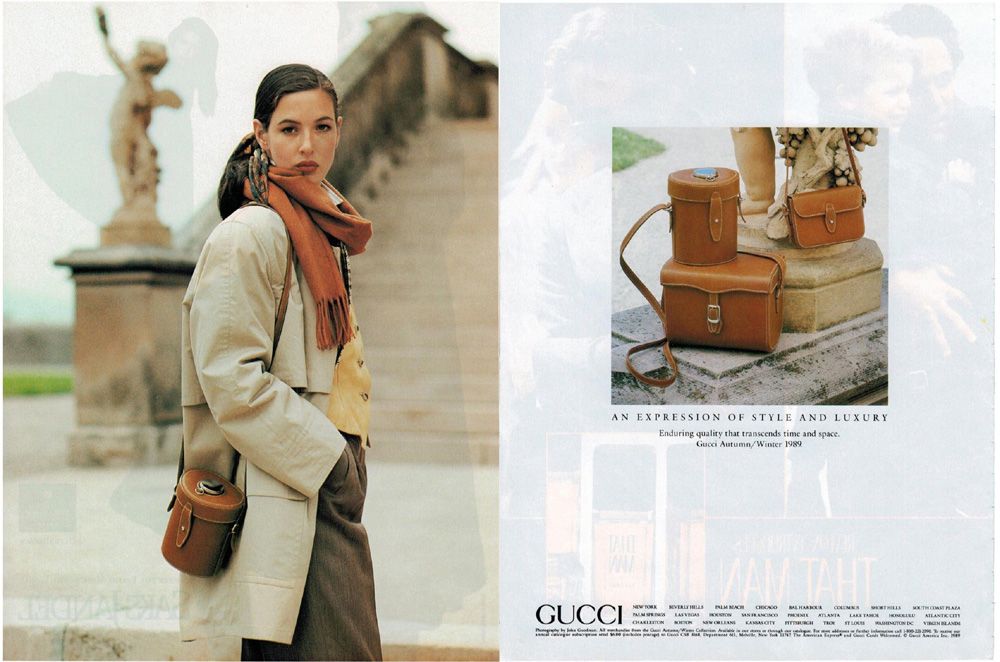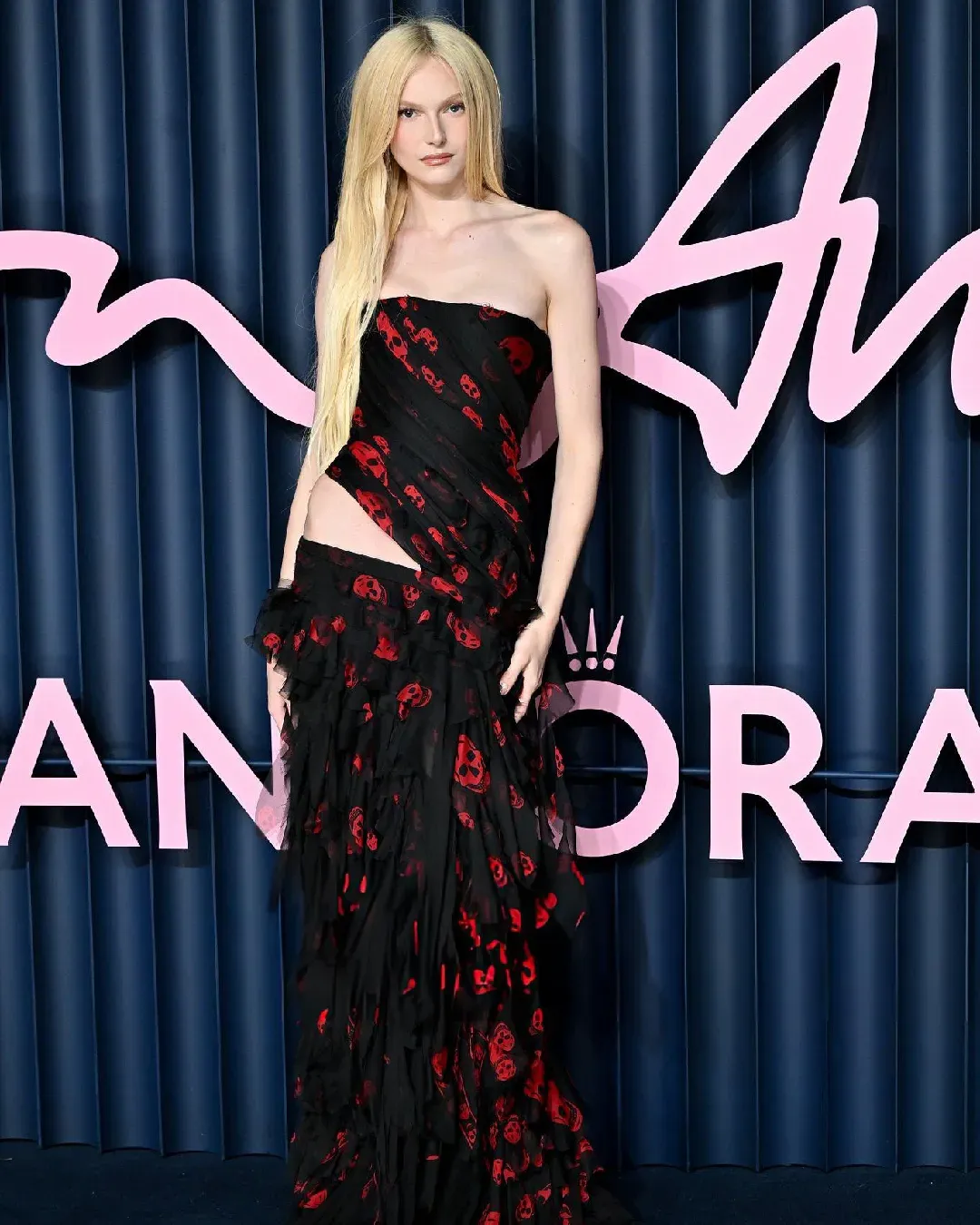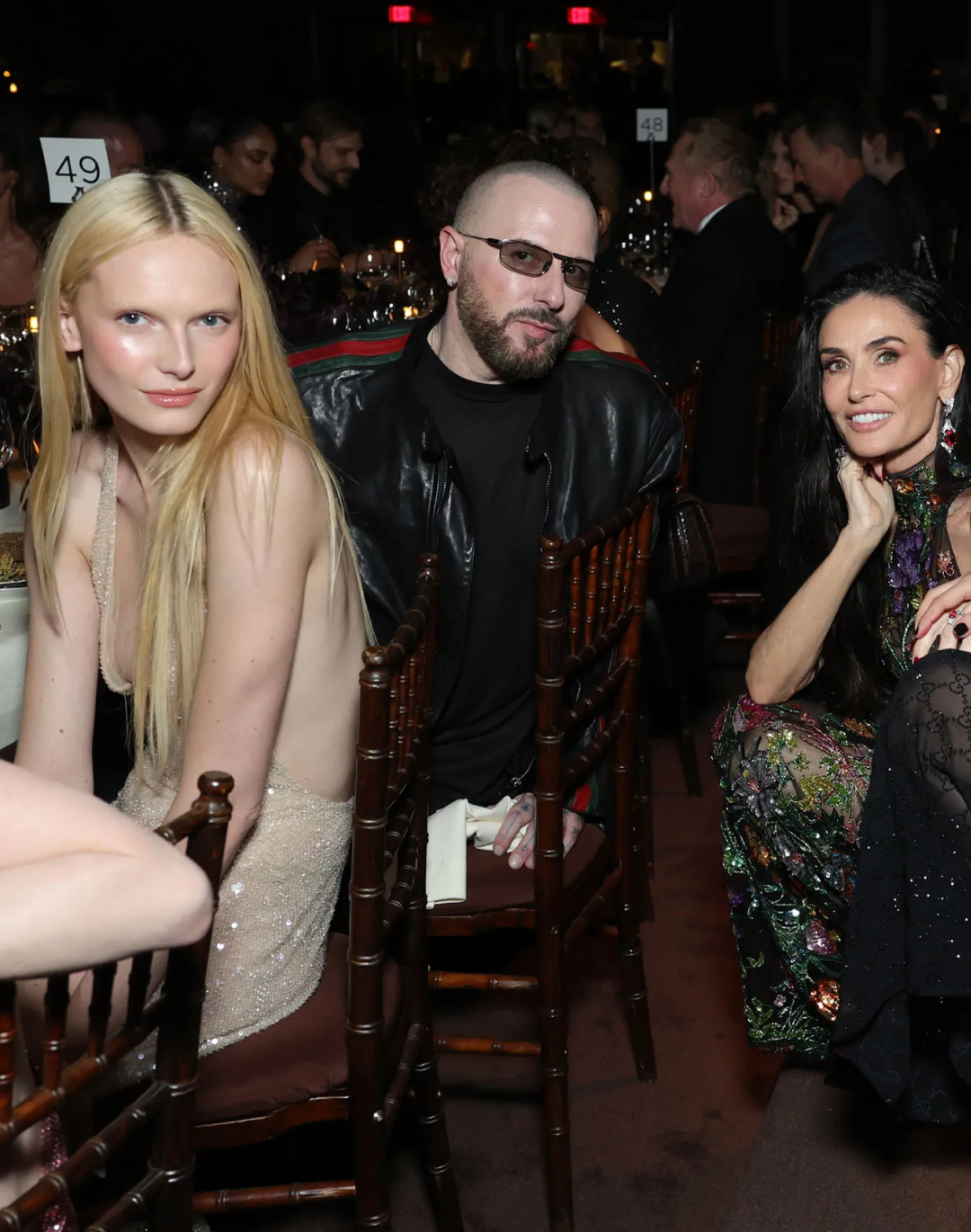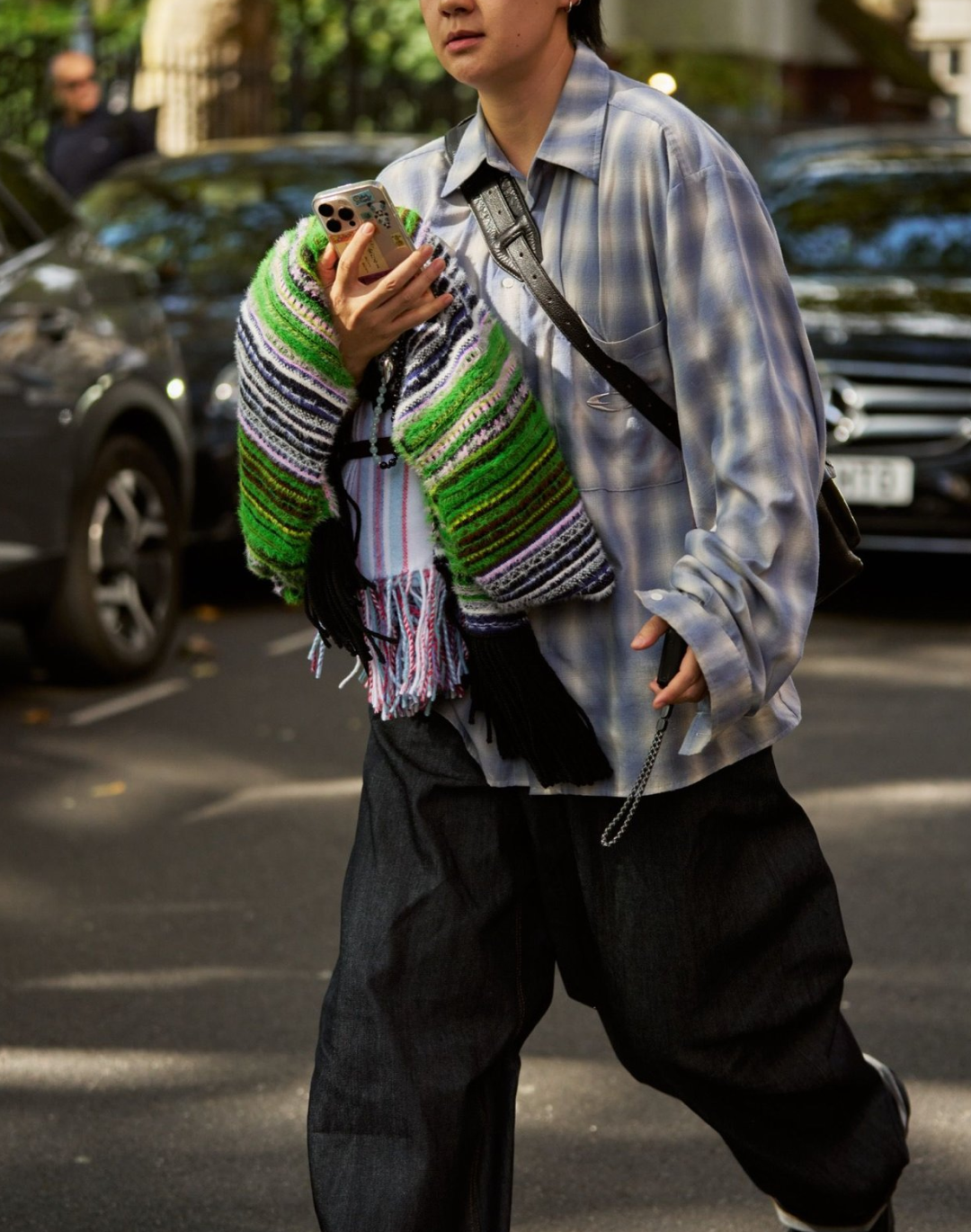
The "House of Gucci" effect has started Critics didn't love it but the vintage market is already on fire
The advance of House of Gucci, Ridley Scott's new film starring Lady Gaga, has just begun, with national premieres and viewing parties organized for influencers and VIPs around the world, the first divisive reviews and clips of the film that invade social media. And even if the film has not yet even arrived in theaters for the public, the media buzz is already beginning to make its effects felt: on Vestiaire Collective, searches for Gucci items have increased by 25%, with items of the brand put on sale increased by 80% while searches for Vintage Items by Gucci have increased by 35% and those of the pieces designed in Tom Ford's collections by 40%. The most sought-after items are bags, also with a 40% increase in searches, followed closely by belts and jewelry but also monogrammed hats and accessories – an effect that, however, according to Vestiaire Collective, is not only due to the film but also to projects of the brand such as Gucci Vault.
The most curious fact, however, is that the fact that vintage research has focused on logoed accessories has a counterpart in the film, in which in reality the massive presence of vintage Gucci accessories is counterbalanced by that of the other brands worn by real historical figures: Zegna signed the 14 suits of Adam Driver and Al Pacino while the costume designer included Saint Laurent and Max Mara, among others, in the 54 looks of Lady Gaga while, for example, the red dress with bows on the shoulders that appears in one of the first scenes of the film is a remake of a pink evening dress from Chanel's FW87 Couture collection. Which is actually a precise portrait of 80s fashion where brands specialized in specific product categories and not in total looks and, above all, Gucci was more popular in accessories than in ready-to-wear. The costume designer, interviewed by WWD explained:
«In the ’70s, Gucci design was very what I call “round and brown.” It’s very tweedy and very conservative, to be honest and Patrizia Reggiani never wore Gucci hardly at all. She wore Yves Saint Laurent. She wore Dior. But obviously the bags, obviously the belts, the accessories [are Gucci], which are always probably top of their tree I would imagine, from the ’40s on. […] I found out very soon after that that all the famous people never wore Gucci, but they’d have Gucci belts, Gucci luggage, Gucci shoes and Gucci scarves».
Another factor of the media phenomenon of House of Gucci, however, are also the lights that the film throws on very unpleasant events in the history of the brand: it is no mystery that, before the arrival of Tom Ford, the brand was facing economic problems related both to the dynastic conflicts within the founding family and to the wild licensing policy promoted by Aldo Gucci who had immensely diluted the brand equity, bringing the creative director Dawn Mello (who is not present in the film and who directed the brand's collections from 1989 to 1994) to tell the New York Times: «By 1989, no one would dream of wearing Gucci». Another aspect highlighted by the film are the financial maneuvers and the many tax evasions that led the Gucci family to earn large sums of money and have problems with the law. Everything changed with the arrival of Kering, who in fact, from a marketing point of view, kept a prudent distance from the film, dressing his stars for the world premiere but not getting involved excessively. Nevertheless, the media buzz of the film can only bring visibility and notoriety to the brand: according to BoF, for example, the film has generated over 25,000 posts between news and social media generating an online visibility of a value that Launchmetrics has quantified for 104 million dollars and that, among other things, fits perfectly into the grandiose strategy of activations, drop, collaborations and initiatives that the brand has started on the occasion of its centenary.










































